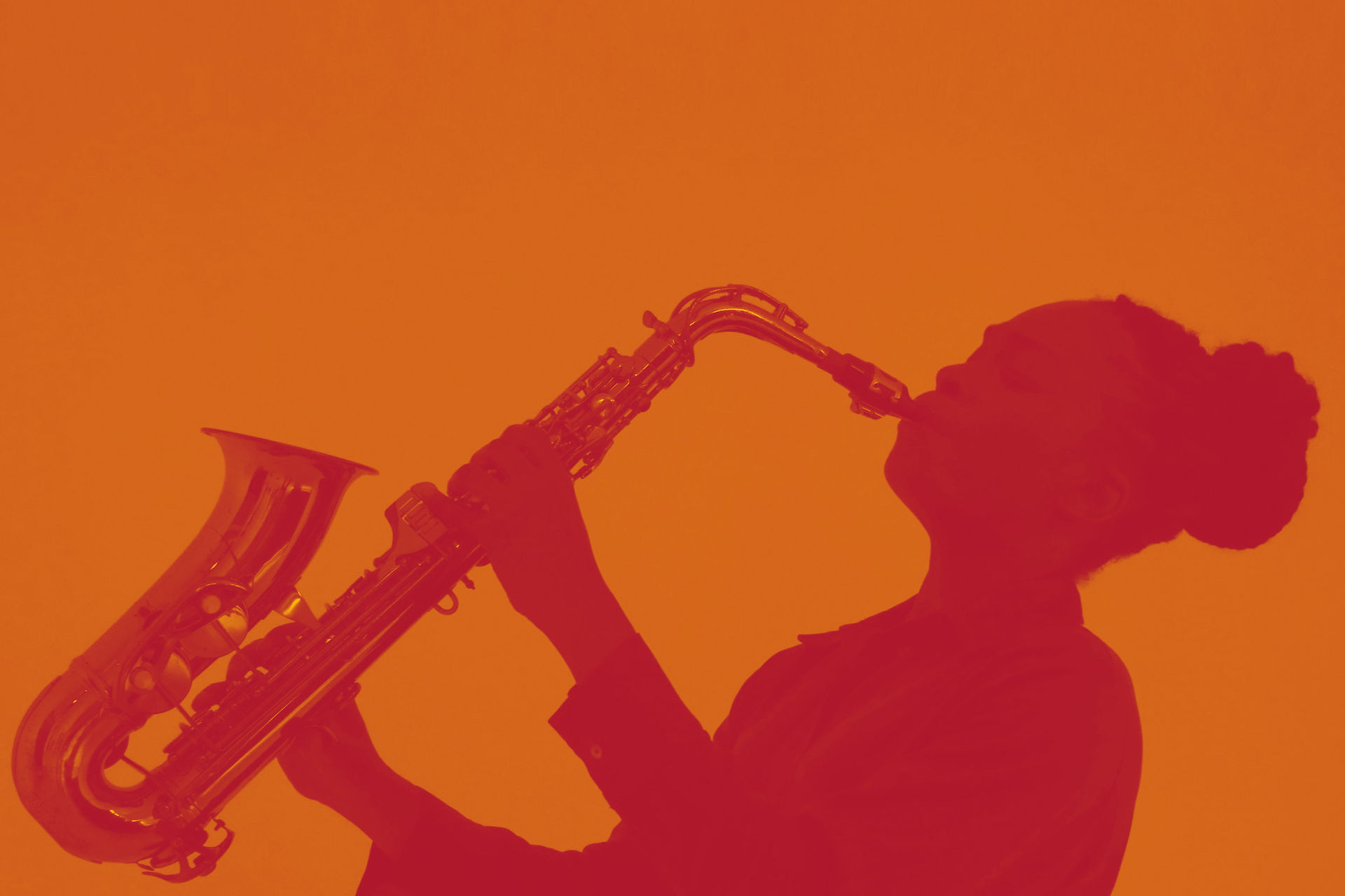

BLACK GADDY'S
QUICKIE ALBUM REVIEWS
1836: The Women’s Anti-Slavery Society barred Negroes from membership. A similar society in Fall River, Massachusetts did admit Negroes to membership despite the protests from other members (The Chronological History of the Negro in America, Bergman, 1969).


That above quote perfectly sums up a long-standing belief held by many white tastemakers: that they—and only they—know what’s best for Black people, including when it comes to our music. For decades, the judgment of which Black songs or albums “matter” has been left in the hands of white-run publications like Rolling Stone, Spin, The Village Voice, Mojo, Pitchfork, and others. These outlets have routinely positioned themselves as gatekeepers, curating a canon that favors crossover success over cultural impact within Black communities.
Take Jann Wenner, founder of Rolling Stone, for example. His book "The Masters"—a title that already rings with a tone-deaf slavery-era echo—consisted of interviews with seven “masters” of rock and roll, all of whom were white men. When asked why no Black musicians were included, Wenner claimed, “In the case of Black artists… they just didn’t articulate at that level.” That level being, apparently, the rarefied air of Dylan, Jagger, Lennon, and Springsteen.
Never mind the fact that those very “masters” built their sound and style on the backs of pioneers like Little Richard, Chuck Berry, Tina Turner, John Lee Hooker, and Robert Johnson. If Wenner’s statement doesn’t make him sound like a stupid fuckin’ wiener, then nothing will.

I enjoy plenty of music by white artists, and I often write about the ones I truly appreciate. But I never pretend to be an authority on them—and I don’t lump them together with Black artists—because I fully understand that white artists don’t make or experience music for the same reasons we do.
For my generation, Black artists were often driven by a desire to see how the marriage of voice and music could stir the soul. That’s why so much of our music—especially the stuff rooted in the Black church, which is the backbone of all American rhythmic music—is more focused on moving people into the spirit than explicitly invoking the name of Jeebus Cries. It’s about feeling, not formula. Spirit, not spectacle.
Watch any of those popular reaction videos of Jennifer Holliday or Minnie Riperton performing live. For people seeing them for the first time, it’s not uncommon for them to rerport that tears are rolling down their faces. That’s because something in those voices reaches into the limbic system—the emotional command center of the brain—and flips a switch. What’s being said in the lyrics becomes secondary to how it’s being delivered.
This is how Black people, generally, experience music. It’s not just about the words—it’s about the feeling. But if you asked someone at Rolling Stone to analyze a performance by Rachelle Ferrell or Eddie Levert, they’d probably dismiss it. They’d say neither could hold a candle to the “genius” of Patti Smith or Van Morrison because their lyrics aren’t “poetic” enough.
But what they don’t get is that soul doesn’t always show up in syllables—it shows up in the controlled, elevated voice, in the moan, in the note you hold just a little too long because that’s where the spirit is. And that’s something you can’t always put on a piece of paper.



The fact is, you can’t throw apples and oranges in the same basket and expect to sort them by the same standards. I can say Donny Hathaway is a better singer than Maxwell because they made music with similar intentions and for similar audiences. They come from the same lineage and speak the same musical language.
But I can’t make that same comparison between Hathaway and Jellyroll. One has almost nothing to do with the other. It wouldn’t be fair to Jellyroll for me to judge his music using the same criteria I apply to Hathaway—just like it’s not fair when Spin magazine tries to evaluate Wilson Pickett using the same yardstick they use for Kurt Cobain.
Both were great. But they were great for different reasons.
But that’s exactly what they do—and when they publish these so-called definitive rankings, our Black artists almost always end up on the butt end of the stick. This is why we gotta keep ’em separated.
I’m not going to evaluate music by Bruce Springsteen or Neil Diamond, because I genuinely don’t understand why white folks think they rock. And that’s okay. Just like folks like Robert Christgau over at The Village Voice, or those clowns at Rolling Stone, should probably keep quiet instead of telling us what we ought to think about our own artists—whether it’s ConFunkShun or Keyshia Cole. They have no clue why we think they rock.
We Black folks aren’t out here advising them on which gluten-free rice cake pairs best with oat milk, because we’re not well-versed in their shit. So maybe, just maybe, they should return the favor.


QUICKIE ALBUM REVIEWS
In this section, I focus on the more popular albums by some of the lesser-known artists you probably had spinning on your wrecka playa back in the day. You’ll also find a few gems you might’ve forgotten about entirely. Some of these artists aren’t household names, and some of the albums come from familiar faces but aren’t necessarily their most celebrated work. These are the records we kept around the house—some classics, some straight-up trash—that might still be stacked with those dusty cassettes hiding in the back of your closet, the ones you still can’t bring yourself to toss in the donation box.
We loved them. They rode with us on the school bus. They played softly (or loudly) during that awkward first kiss. And they mattered.
I rate each album on a 0-to-10 scale and chose them precisely because they’re the kinds of records that will never get their due in racially clueless, condescending publications like Rolling Stone.
.png)


